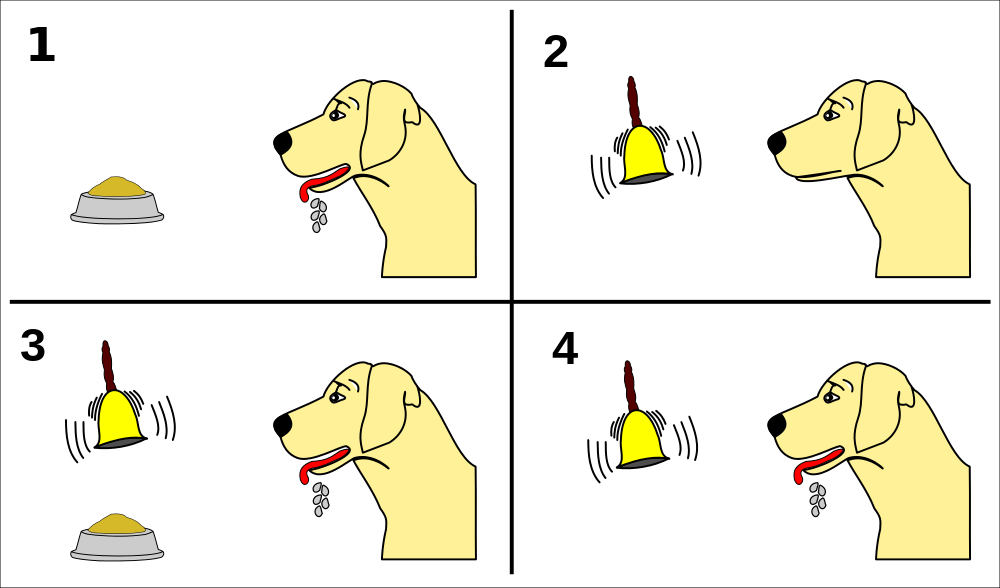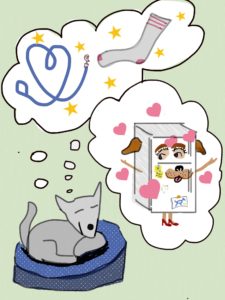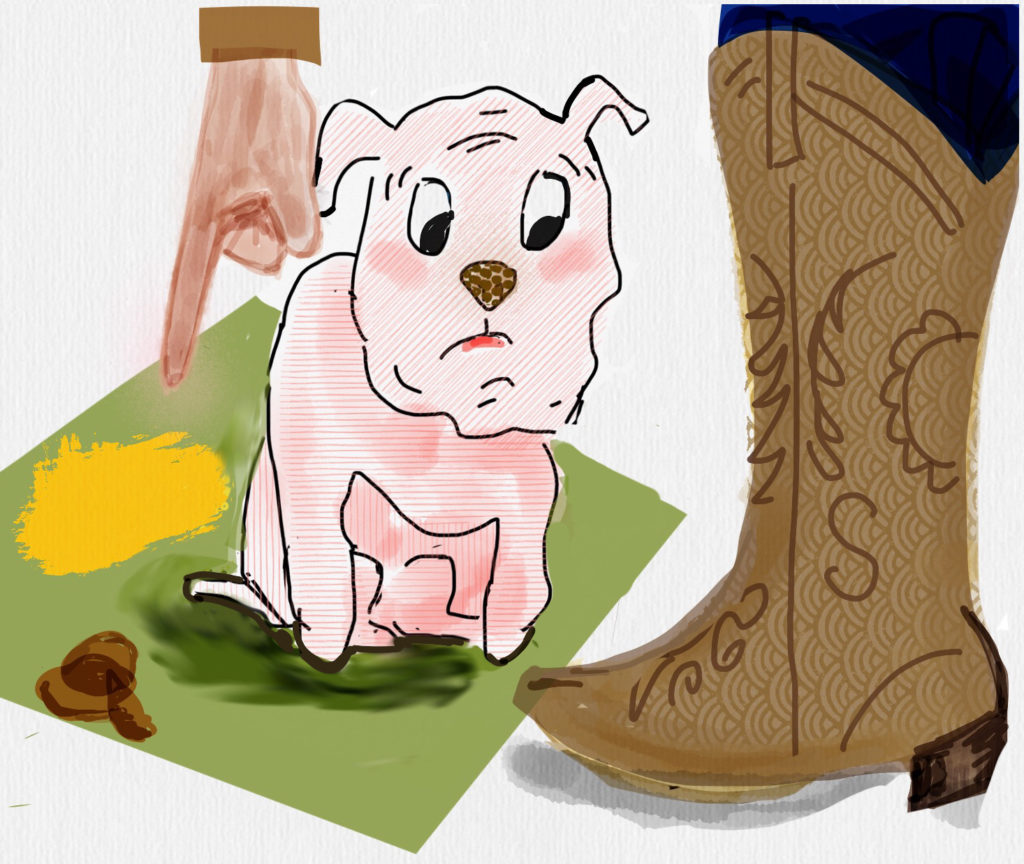
27 JanClassical Conditioning: Teach someone how to hate Beethoven, cowboy boots and their ex

Dogs develop associations with many things they weren't born knowing about.
Classical conditioning is the behavior-nerd's term for something we all know a lot about: Learning by association. We use classical conditioning to teach dogs all the time, whether or not we are meaning to. It can be used to train things we want a dog to do, and also to get them to stop doing things we don't want to do. Indeed, it is one of the most powerful tools in any trainer's toolbox.
When we use a clicker sound to pinpoint the moment a dog does something we like, it is an example of classical conditioning at work. In order for it to be a useful tool, we first need to make sure he understand that that arbitrary sharp noise has meaning; we do this by pairing it repeatedly with something a dog likes, like food or affection. (For classical conditioning to be most effective, the presenting of the meaningful thing should follow the “unconditioned stimulus,” rather than being presented concurrently or afterwards). But we use classical conditioning all the time even when we aren't trying: If your dog comes running every time you open the fridge or the car door, you've taught something using classical conditioning: food is coming, or a ride is coming! My dog gets particularly excited whenever I put on my socks, because he knows that it is usually something I do right before we go for a walk.
Think about all the associations you make on a daily basis that at some point you had to learn: a “ding” indicates an elevator is coming; a dollar equals a hundred pennies; an empty subway car is probably a really stinky one. In my own life, I've recently noticed that I can't say or hear “Huge” without shuddering a bit, thanks to the fact that it's one of our President's favorite words.
We are being “classically conditioned” all the time in ways both major and minor, both purposefully and accidentally. The film the A Clockwork Orange is a favorite of mine because it demonstrates both purposeful and accidental kinds of classical conditioning. The main character, Alex, is a murderer-rapist who is imprisoned and then repeatedly forced to watch films showing great violence. Just before he is made to watch the films, he is given an injection that kicks in and makes him feel sick during the screenings. The idea is that the violence will eventually make him ill, and that this will change his bellicose nature. Thing is, the films are accompanied by a soundtrack of music by Beethoven. Spoiler alert: Once let out of prison, Alex finds that classical music makes him violently ill.
Once you let your eyes focus in on this kind of learning, it's amazing to see how powerful it is — and how an ability to make these kinds of associations speedily has been key to the evolution of many species! Associations that cause pain rather than pleasure are particularly quick to form, and this makes a lot of sense if you think it from a survival standpoint. If a red berry makes you sick one time, best to avoid all red berries forever; some individuals take these kinds of associations to heart more drastically than others. A dog might be hit a single time by someone in a hooded sweatshirt, and it could create a lifelong fear of hooded sweatshirts. This is one reason why we don't like using punishment with dogs. We can usually tell a person why they are being punished, but with dogs we just have to hope that they are understanding the association between what they did and why they're being punished. It's an imprecise way to train, and too often a dog might make the wrong association without us even realizing it. This can bite you in the butt later on when, say, he suddenly bites someone wearing cowboy boots for what seems like no reason at all…

On a lighter note… What if there was an app that could make you stop swooning over an ex! Comedy duo Moll + Rell's “Nickleblock” app is designed to do just that.
What are some accidental associations your dog has made? Please share!
Illustrations by Annie Grossman



